Intellectual Property Disputes: Using AI to Conduct Prior Art Searches and Analyze Infringement Claims
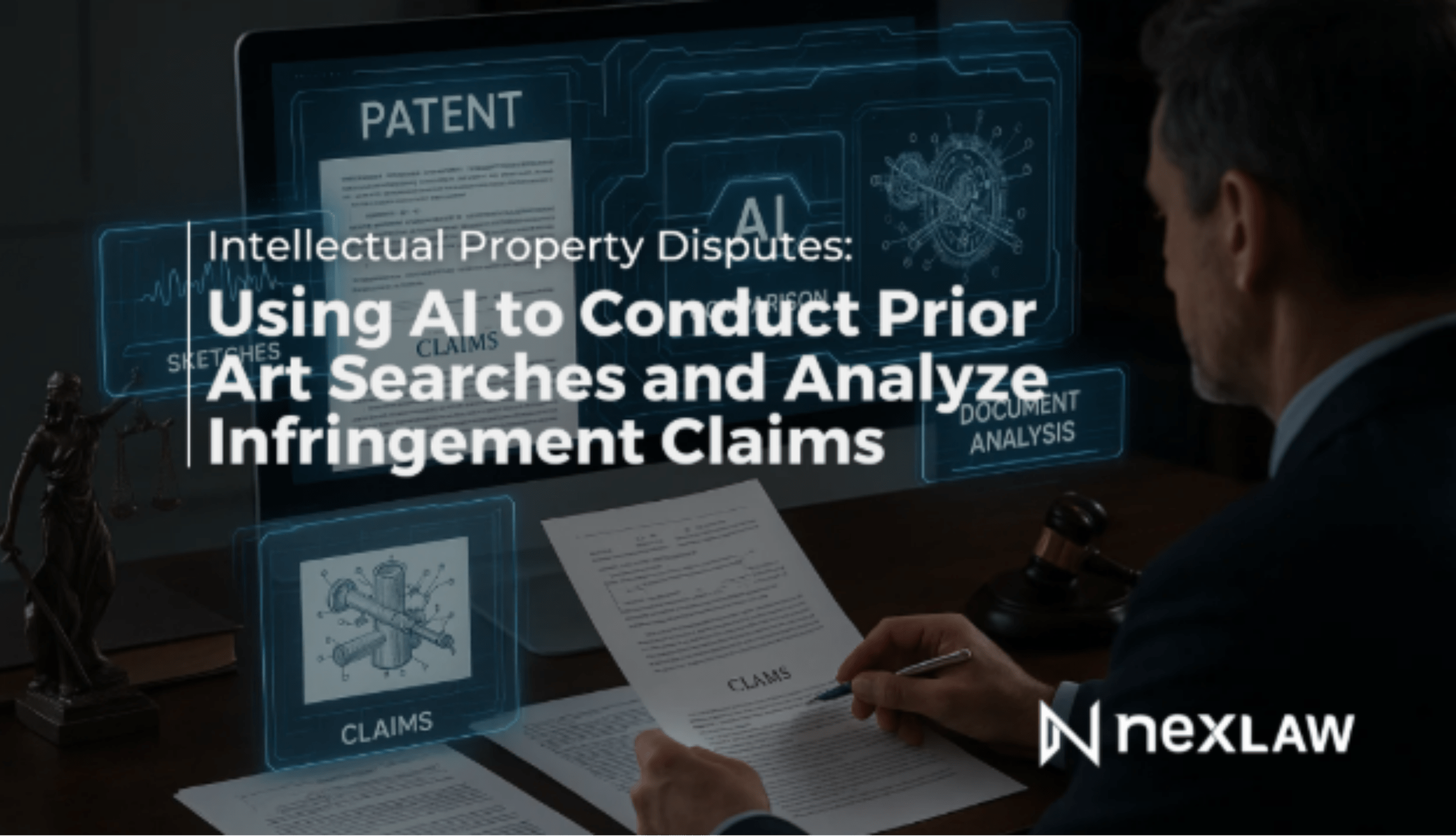
Intellectual Property Disputes: Using AI to Conduct Prior Art Searches and Analyze Infringement Claims

Intellectual Property (IP) litigation is one of the most complex and high-stakes areas of U.S. law. For patent litigators, in particular, the outcome of a case often hinges on a single, critical question: is the patent valid? Answering this question requires a deep dive into the world of Prior Art Search, a painstaking process of sifting through millions of patents, scientific papers and technical publications to find evidence that an invention was not new or obvious at the time of filing. The U.S. Patent and Trademark Office (USPTO) issues over 350,000 patents per year, making the manual search for prior art a Herculean task. This is where a dedicated AI Legal Assistants is revolutionizing IP practice, using advanced search and conceptual analysis to conduct more comprehensive prior art searches and analyze infringement claims with unprecedented speed.
This guide explores how a platform like NexLaw AI can become an indispensable tool for the modern IP litigator.
The Twin Challenges of IP Litigation: Validity and Infringement
IP litigation typically revolves around two core battles:
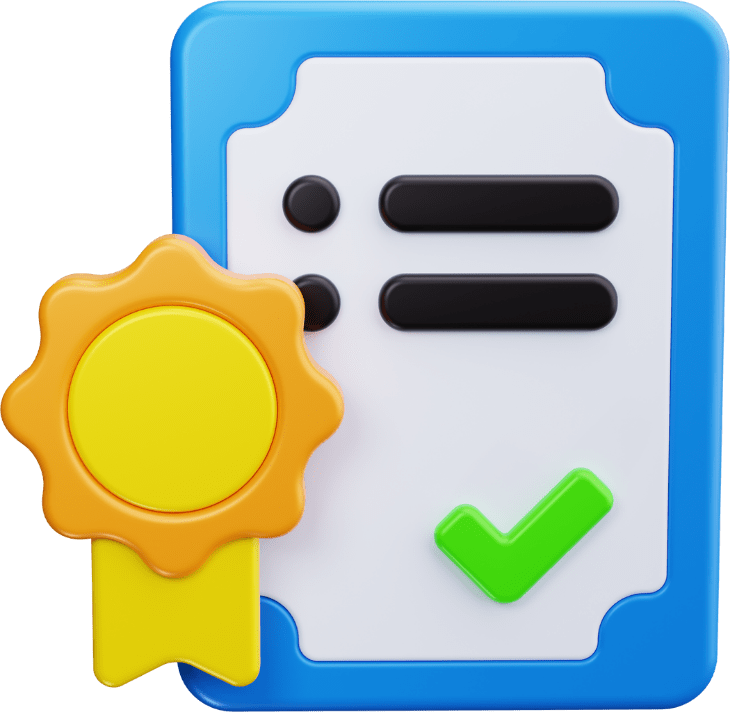
The defendant in an infringement suit will almost always argue that the plaintiff’s patent is invalid because it was anticipated by prior art. A successful prior art search that uncovers a single, dispositive reference can end a billion-dollar lawsuit before it truly begins.
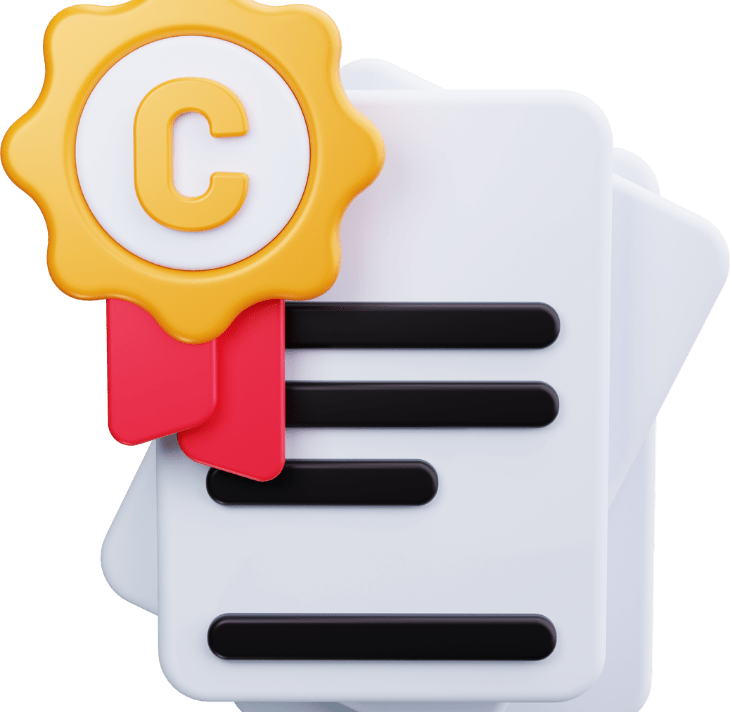
The plaintiff must prove that the defendant’s accused product or service meets every element of at least one claim of the patent. This requires a meticulous, side-by-side comparison of the patent’s claims and the accused product, a process known as claim construction.
Both of these tasks are incredibly data-intensive and require a deep understanding of both legal and technical language.
The AI Advantage: Conceptual Search and Semantic Analysis
A sophisticated Legal AI platform goes far beyond the capabilities of traditional keyword-based search engines. It uses a technology called “semantic search” to understand the underlying concepts of an invention, not just the specific words used to describe it. This is a game-changer for IP litigation.
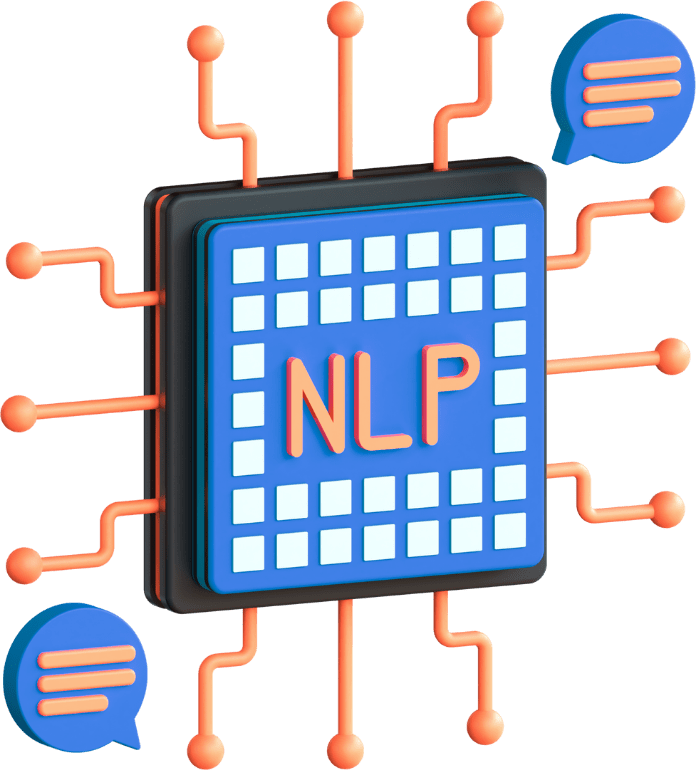
Instead of searching for keywords, you can provide the AI with the abstract or a key claim from the patent-in-suit. The AI will then search for other documents that describe the same inventive concept, even if they use entirely different terminology. This uncovers prior art that would be impossible to find with keyword searching alone.
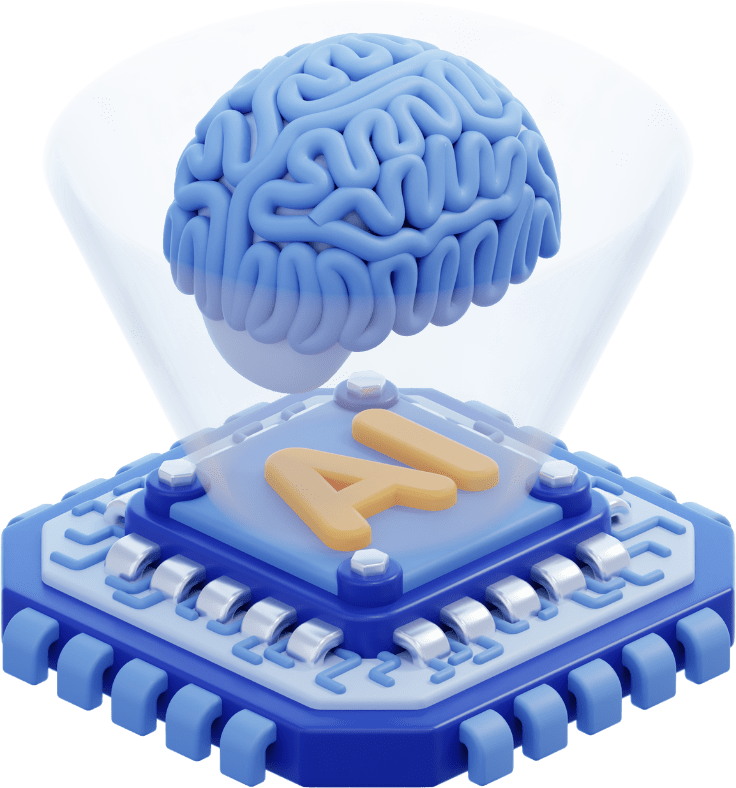
The AI can assist in the claim construction process by analyzing how key terms in a patent claim have been interpreted by courts in past cases. It can also perform a side-by-side comparison of the patent claims and the technical documents describing the accused product, highlighting areas of potential overlap.

Act now to transform your
practice and achieve your goals.
See NexLaw in Action
Start your free trial and kick off your legal AI journey with a personalized demo
*By submitting the form, you agree to the Terms of Service and Privacy Policy
A Step-by-Step Workflow for AI-Powered IP Litigation
Let’s use a scenario where a law firm is defending a tech company accused of infringing a patent on a new type of data compression algorithm.
Step 1: The AI-Powered Prior Art Search
- The first line of defense is to challenge the validity of the plaintiff’s patent.
- The AI in Action: The defense lawyer uploads the plaintiff’s patent into NexLaw AI’s NeXa assistant. They instruct the AI: “Conduct a comprehensive prior art search for this patent, focusing on academic papers, technical journals and patent databases published before the priority date.”
- The Advantage: The AI performs a semantic search. It doesn’t just look for the words “data compression”; it understands the mathematical concepts behind the algorithm described in the patent. Within minutes, it produces a report that includes several highly relevant prior art references, including a PhD thesis from a European university, published two years before the patent’s filing date, that describes a nearly identical algorithm. This single document, found in a database the legal team might not have otherwise searched, becomes the cornerstone of their invalidity defense.
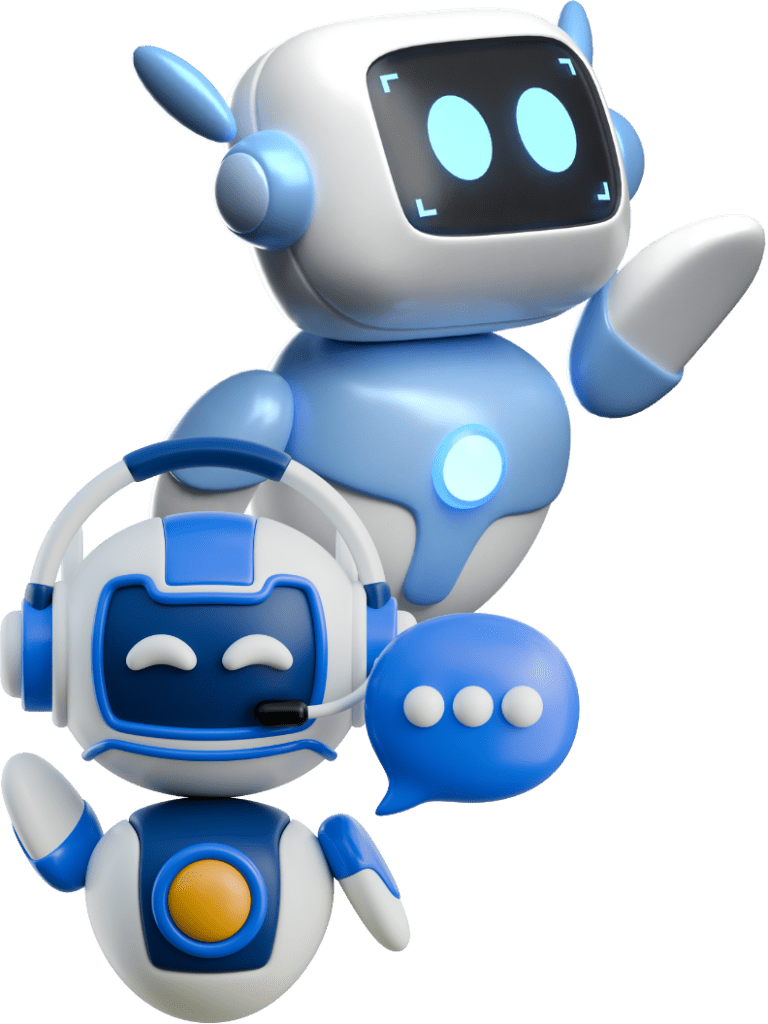
Step 2: AI-Assisted Claim Construction
- While the invalidity case is being built, the team must also prepare to argue non-infringement. This starts with claim construction.
- The AI in Action: The patent claim uses the term “substantially lossless compression.” The lawyer asks NeXa: “Provide a summary of how courts in the Northern District of California have construed the term ‘substantially’ in the context of software patents.”
- The Advantage: NeXa provides a concise analysis of the relevant case law, giving the lawyer a clear understanding of how the judge is likely to interpret this key claim term. This informs their entire non-infringement strategy.
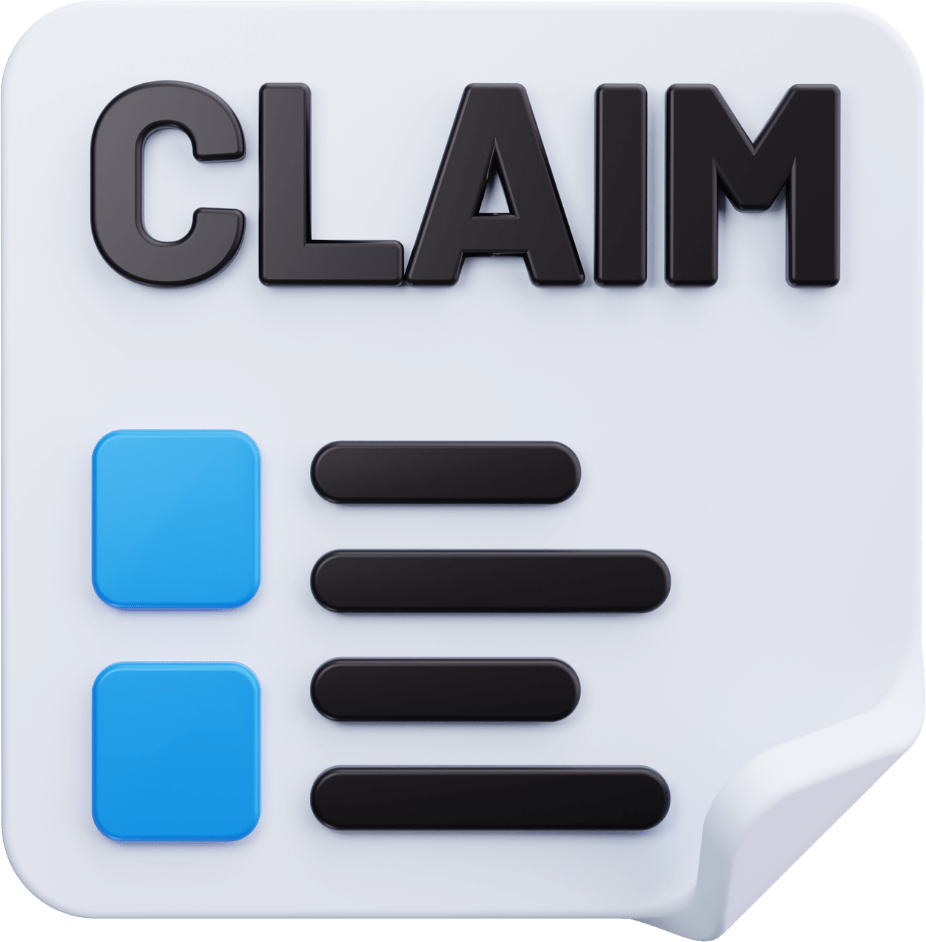
Step 3: Deepen the Analysis of a Specific Jurisdiction
- Based on the initial report, the lawyer sees that the risk is much higher in California.
- She can then ask NeXa a follow-up question: “Find cases in California where a company was found to have an ‘unreasonable’ delay in data breach notification.”
- The AI provides a list of the most relevant cases, allowing the lawyer to understand how courts in that specific state have applied the law
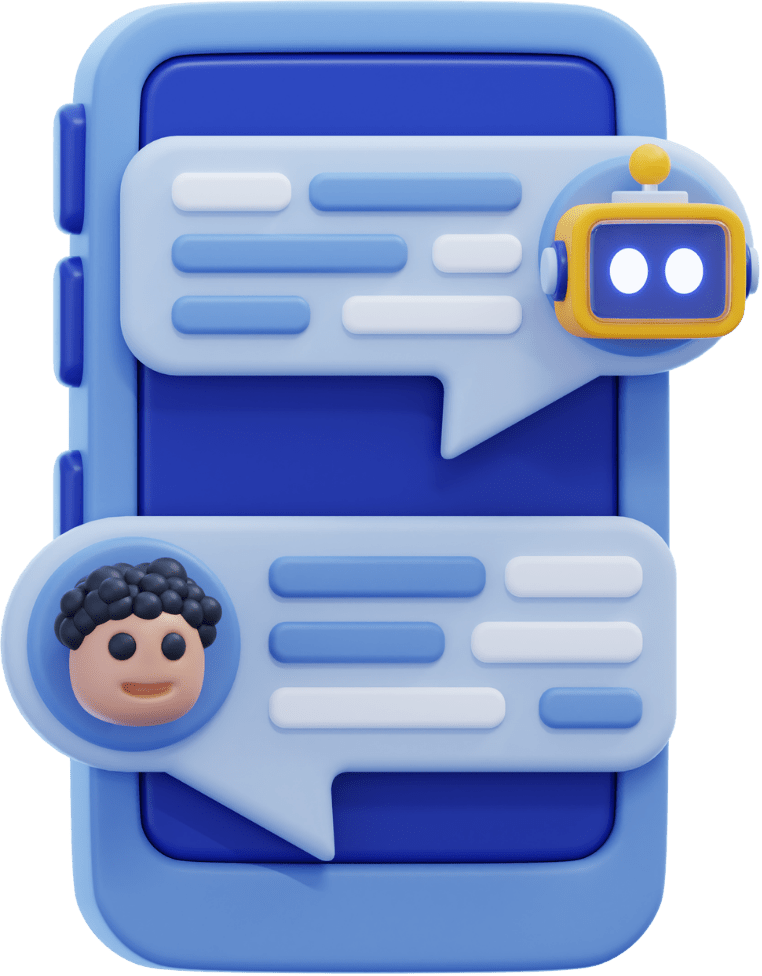
Step 3: Infringement Analysis
- The team then uses the platform to compare the patent claims to their client’s product.
- The AI in Action: They upload the technical specifications of their client’s product. The AI creates a side-by-side chart, breaking down each element of the patent claim and comparing it to the features of the accused product. The analysis highlights that their client’s product does not meet at least two of the limitations of the claim, as construed by the relevant case law.
- The Advantage: The firm now has a clear, well-documented and evidence-based argument for non-infringement, ready to be presented in their Markman hearing brief and at trial.

Case Study: From Defense to Offense
A small medical device company is sued for patent infringement by a larger competitor. The potential damages are company-ending. The company’s law firm uses NexLaw AI to conduct an exhaustive prior art search. The AI uncovers a Japanese patent application, published 18 months before the competitor’s filing date, that discloses the core inventive concept. The firm presents this evidence to the plaintiff. Faced with a near-certain invalidity ruling, the plaintiff not only drops the lawsuit but also agrees to pay a portion of the small company’s legal fees to avoid a potential antitrust counterclaim. The AI-powered prior art search didn’t just win the case; it turned a defensive battle into a strategic victory.
Interested In Features Like This?
Receive complimentary access to our resources and a personalized live demo tailored to your needs.
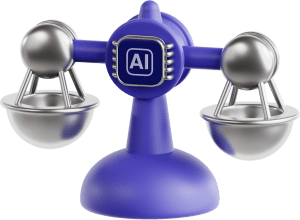
The Future of IP Practice
In the hyper-competitive world of IP Disputes, the ability to quickly and comprehensively analyze technical and legal information is the key to success. A Legal AI Assistant is no longer a futuristic luxury; it is an essential tool for the modern IP practitioner. By leveraging AI for prior art searches and infringement analysis, firms can provide more effective representation, achieve better outcomes for their clients and compete at the highest level.
Ready to bring a powerful analytical edge to your IP practice?
Book a Personalized Demo to see NexLaw AI’s capabilities for IP litigation.
Explore Our Plans and discover a smarter way to manage your intellectual property disputes.

